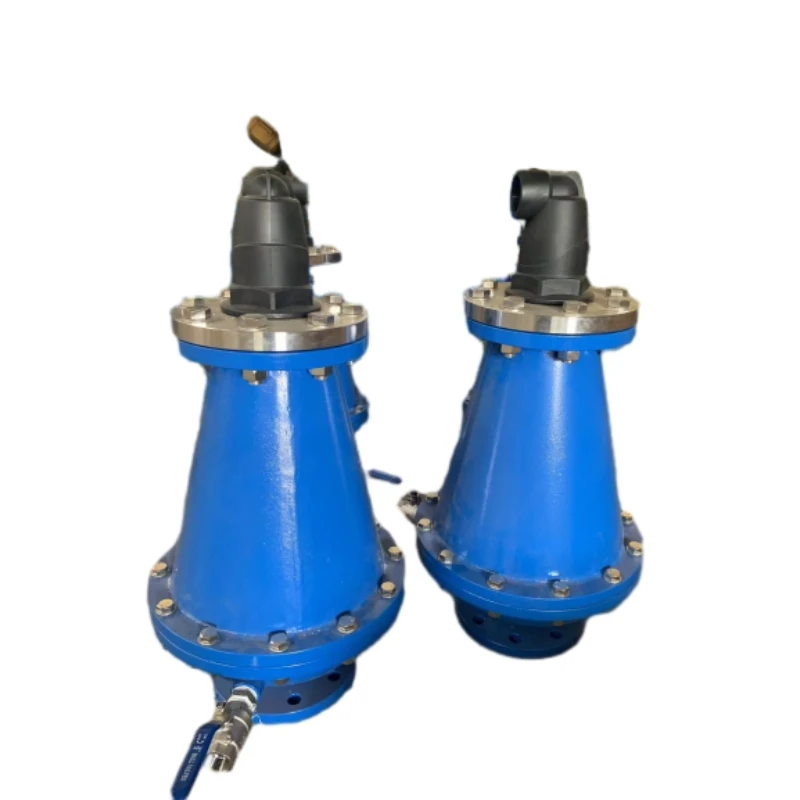butterfly vent valve
Understanding Butterfly Vent Valves A Comprehensive Overview
Butterfly vent valves are essential components in many industrial processes, offering streamlined control over fluid and gas flow. Recognized for their simple design and efficiency, these valves are prominent in various applications such as water treatment, chemical processing, and HVAC systems. This article delves into the operational principles, advantages, applications, and maintenance considerations associated with butterfly vent valves.
What is a Butterfly Vent Valve?
A butterfly vent valve is a type of quarter-turn valve that uses a rotating disc to regulate the flow of fluids or gases. The disc, which is mounted on a spindle, can be rotated to open or close the flow path. When the valve is fully open, the disc is parallel to the flow, allowing for minimal resistance and efficient flow. Conversely, when the valve is closed, the disc obstructs the flow, preventing any fluid from passing through.
Operational Principles
The operation of a butterfly vent valve involves a simple yet effective mechanism. When the handle or actuator is turned, it rotates the disc. This rotation requires only a quarter turn (90 degrees) to switch between fully closed and fully open positions. This design enables rapid response to flow changes, making it an asset in process control environments. The valve can be operated manually or automated, providing flexibility for various applications.
Advantages of Butterfly Vent Valves
1. Compact Design Butterfly valves have a relatively small footprint, which makes them ideal for systems with limited space. Their lightweight design also allows for easy installation and maintenance.
2. Low Pressure Drop Compared to other valve types, butterfly valves provide a lower pressure drop when fully open, which is crucial in maintaining system efficiency.
3. Versatility These valves can be used for a wide array of media, including liquids, gases, and slurries, in diverse industries. They can also be tailored for corrosive or high-temperature environments through the use of specialized materials.
4. Cost-Effectiveness Butterfly vent valves are generally less expensive than other types of flow control valves, both in terms of initial purchase and installation costs.
5. Quick Operation The quarter-turn design allows for rapid opening and closure, which enhances control and responsiveness in dynamic systems.
butterfly vent valve

Applications
Butterfly vent valves find application in numerous fields, including
- Water and Wastewater Management They are widely used in treatment plants for controlling the flow of water and wastewater, making them crucial for effective operation.
- Chemical Processing In the chemical industry, butterfly valves are utilized to handle a variety of fluids and gaseous products, thanks to their ability to provide reliable performance under diverse conditions.
- HVAC Systems In heating, ventilation, and air conditioning systems, these valves help regulate air flow and manage pressure within ducts.
- Food and Beverage Due to hygiene standards and the need for sanitary conditions, butter valves are employed in processing and handling food products.
Maintenance Considerations
While butterfly vent valves are generally low maintenance, ensuring their optimal performance requires regular checks. Here are some maintenance tips
- Inspection Regularly inspect the valve for signs of wear, leaks, or damage. Any abnormality should be addressed immediately to prevent larger system issues.
- Cleaning Depending on the application, clean the valve periodically to remove any buildup of residues that could affect its operation.
- Lubrication If the valve features manual operation, ensure that the moving parts are lubricated to facilitate smooth operation.
In conclusion, butterfly vent valves are vital tools that support efficient operations across various industries. With their compact design, low pressure drop, and versatility, they serve a critical role in fluid and gas management. Understanding their operation, advantages, applications, and maintenance can help engineers and technicians leverage these valves to optimize performance in their specific settings. Investing in high-quality butterfly vent valves and adhering to regular maintenance routines will ensure long-lasting functionality and reliability in any system.
-
The Smarter Choice for Pedestrian AreasNewsJun.30,2025
-
The Gold Standard in Round Drain CoversNewsJun.30,2025
-
The Gold Standard in Manhole Cover SystemsNewsJun.30,2025
-
Superior Drainage Solutions with Premium Gully GratesNewsJun.30,2025
-
Superior Drainage Solutions for Global InfrastructureNewsJun.30,2025
-
Square Manhole Solutions for Modern InfrastructureNewsJun.30,2025
-
Premium Manhole Covers for Modern InfrastructureNewsJun.30,2025
